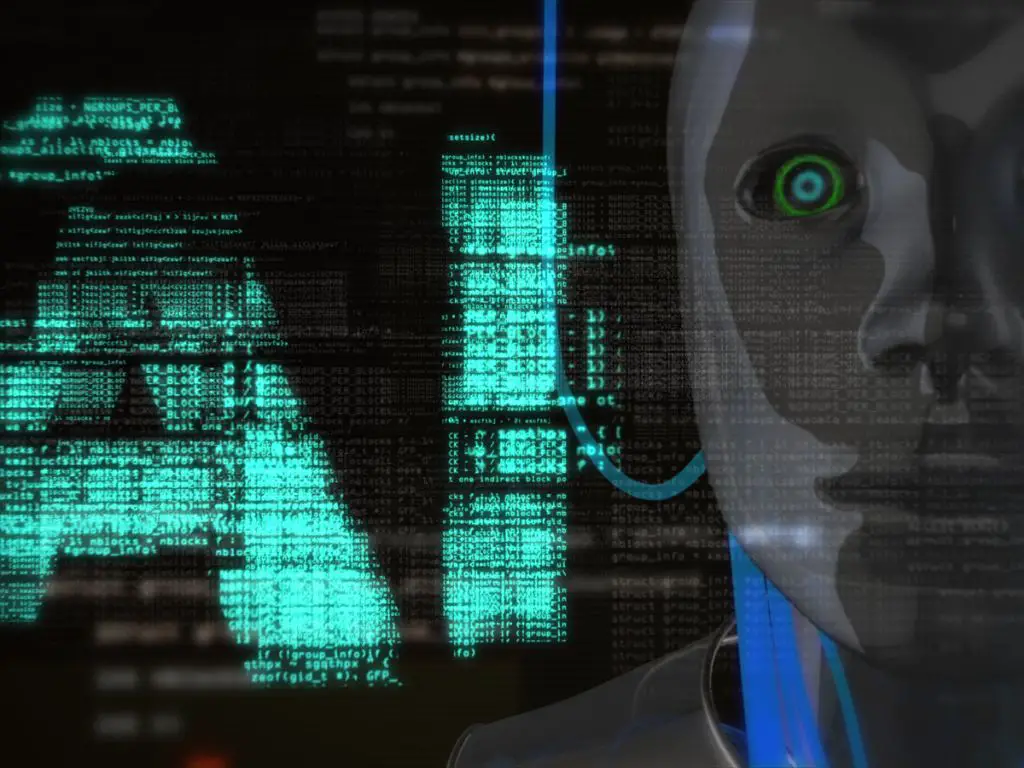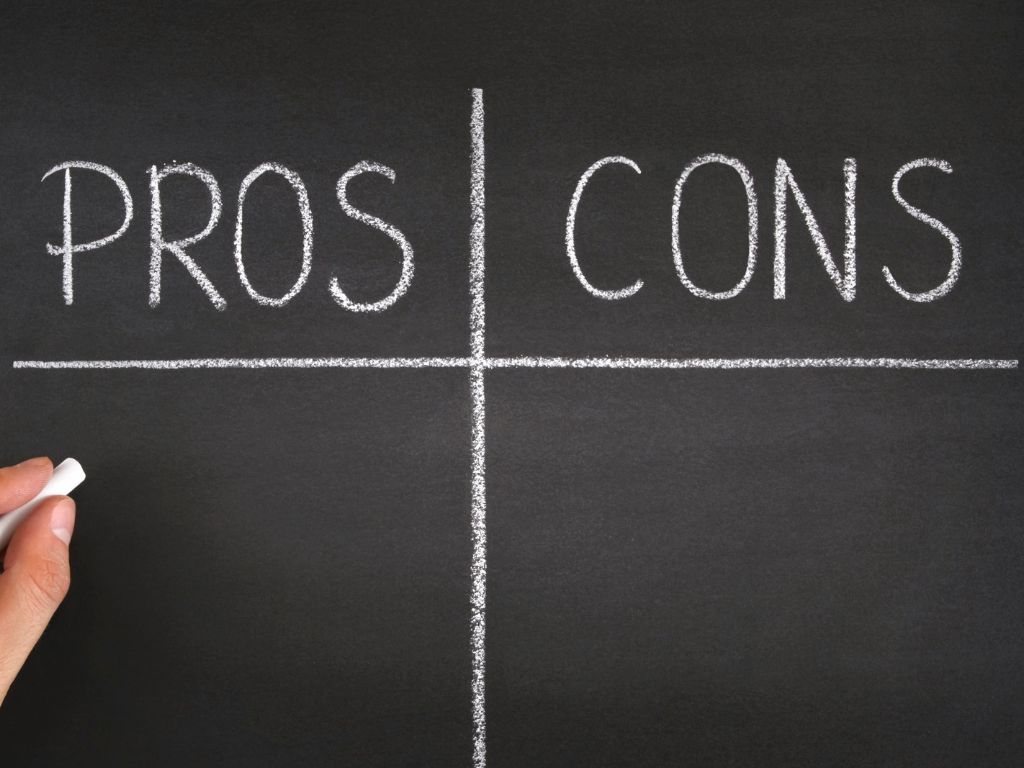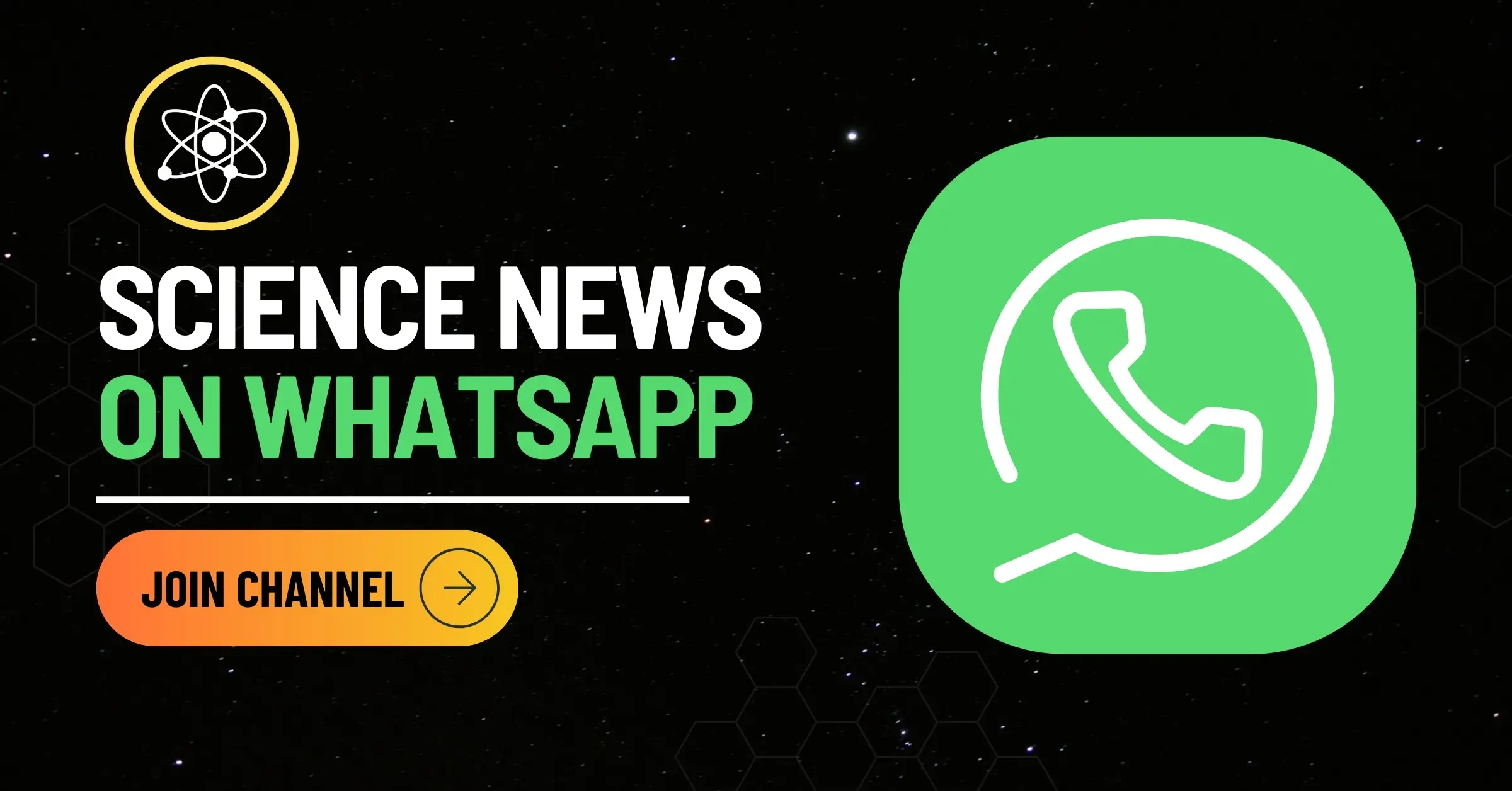ChatGPT is a powerful artificial intelligence tool that can generate text on almost any topic, given a simple prompt. It was created by OpenAI, a research company backed by Microsoft, and made available for free in late 2022. Since then, it has attracted millions of users, including students who use it for homework help, essay writing, and even cheating.
The Pros and Cons of ChatGPT
But ChatGPT is not a perfect tutor. It can also produce inaccurate, misleading, or plagiarized information, posing ethical and educational challenges for teachers and students alike. How can educators deal with this new technology that is changing the way students learn and write?
Some teachers see ChatGPT as an opportunity to enhance their students’ skills and creativity. They encourage their students to use ChatGPT as a collaborator, not a crutch, and to critically evaluate the quality and relevance of the text it generates. They also use ChatGPT as a tool to spark discussions, generate ideas, and inspire curiosity.
Other teachers see ChatGPT as a threat to academic integrity and learning outcomes. They worry that ChatGPT will enable students to cheat more easily and avoid developing their own writing and thinking abilities. They also fear that ChatGPT will spread misinformation and bias, undermining the credibility and trustworthiness of academic sources.
To address these concerns, some educators have proposed various forms of regulation for ChatGPT and similar AI tools. These could include requiring users to disclose when they use ChatGPT, implementing safeguards to prevent misuse or abuse of the technology, or developing detection methods to identify ChatGPT-generated text.
However, regulating ChatGPT is not a simple task. It involves balancing the benefits and risks of the technology, as well as respecting the rights and responsibilities of its users. Moreover, regulating ChatGPT may not be enough to prevent its negative impacts on education. As AI becomes more advanced and ubiquitous, educators will need to adapt their teaching methods and assessment criteria to keep up with the changing landscape of learning.
ChatGPT is a remarkable innovation that has opened up new possibilities for education. But it also poses new challenges that require careful consideration and action from educators, students, and policymakers. The future of education depends on how we use ChatGPT and similar AI tools: as allies or adversaries, as helpers or hinderers, as partners or competitors.
Source:




